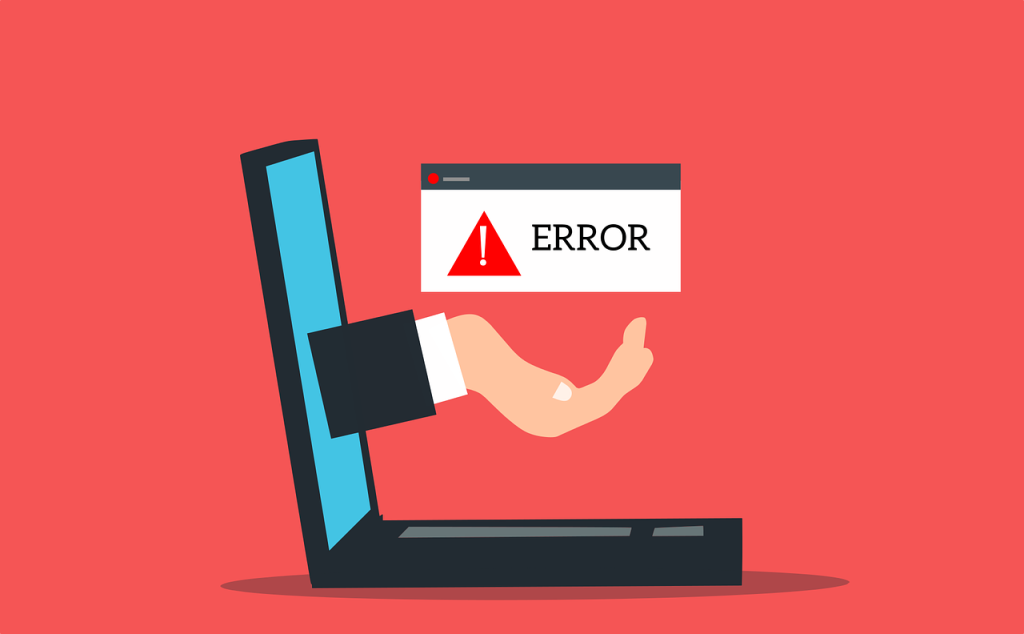An API (Applications Programming Interface) is a programming interface that makes it possible for applications to communicate and share information. Just like any other software application, the design of an API is very important especially when it comes to its implementation and operations.
A user or developer implementing an API should find it seamless and intuitive to master and learn. If this is not met, chances are that users will not use the API. Frontend users might never realize this since they do not care about what happens behind the scenes as long as the applications they use meet their requirements. However, APIs are primarily developed for software developers, and their (APIs) design should focus on what the developers go through when implementing the APIs.
The success of an API can be measured through developer experience. No matter how experienced or skilled a developer is, they will not use any API that is poorly designed or one that is difficult to implement. This means that it is vital for organizations to implement the following principles for the successful design of their APIs;
Following REST principles
One of the most important principles for a successful API design is making sure that organizations have followed REST principles when designing their APIs. They can use API developer tools to guide them when adopting these principles. They include;
1. Stateless transfer
Stateless transfer requires that any call made to an API should be independent of any other call that might come before or after it. In addition, every request, as well as response, should have all the resources required to complete transactions.
2. Uniform interface
This requires that requests to an API as well as responses are formatted in a similar manner with the same protocol and language.
3. Separation between the client and the server
This principle requires that for any interaction with an API to take place, a request must be sent from a client to the API, then a response sent in return. All interactions with the API should start from the client.
4. Independence of layers
The client and the API should process requests and responses in the same way no matter the number of layers that might exist between them.
5. Caching
When providing a response, an API should indicate if a response can be cached. If it can, then the API should indicate the amount of time that the response should be cached.
Using clear syntax
The labels assigned to server collections and resources are very important when it comes to developers understanding how the API internals are used. A resource can be defined as an item in a server that developers can access using an API. These resources can be retrieved, modified, placed, and even removed through API requests.
To ensure a successful API design is implemented, API developers should make sure that they have used a clear syntax when assigning labels. This makes it easy for developers to implement the API and reduces the time taken during onboarding.
Implementing proper security measures
One of the things that can seriously damage the reputation of an API is a breach of security. As discussed above, APIs allow applications to communicate and share data with each other. This means that they gain access to data that is quite sensitive, meaning that they are high targets for cybercriminals. For instance, there has been a rising number of online scams during COVID-19, and most of them target application users.
It, therefore, means that a successful API design puts security measures at the forefront when the API development starts. Organizations need to make sure that they are using the right principles when implementing authorization, authentication, and encryption with their APIs.
Useful error messages
An organization might come up with a well-designed API that meets all its requirements. However, a developer might implement the same API and despite the API being well designed, they might still have some errors with it. This might be caused by things such as incorrect formatting of resources and poor authentication among others.
When such a thing happens, it is very important for the developer to get an error message that expressly tells them where the problem is. The message should also tell them where the error is coming from and what they need to do to correct it. This is an important principle for a successful API design.
The design of an API is crucial in determining how successful the API will be. Part of this success is measured by how developers adopt and implement the API. It is, therefore, important for API developers to ensure that their APIs are well designed for them to be successful.

